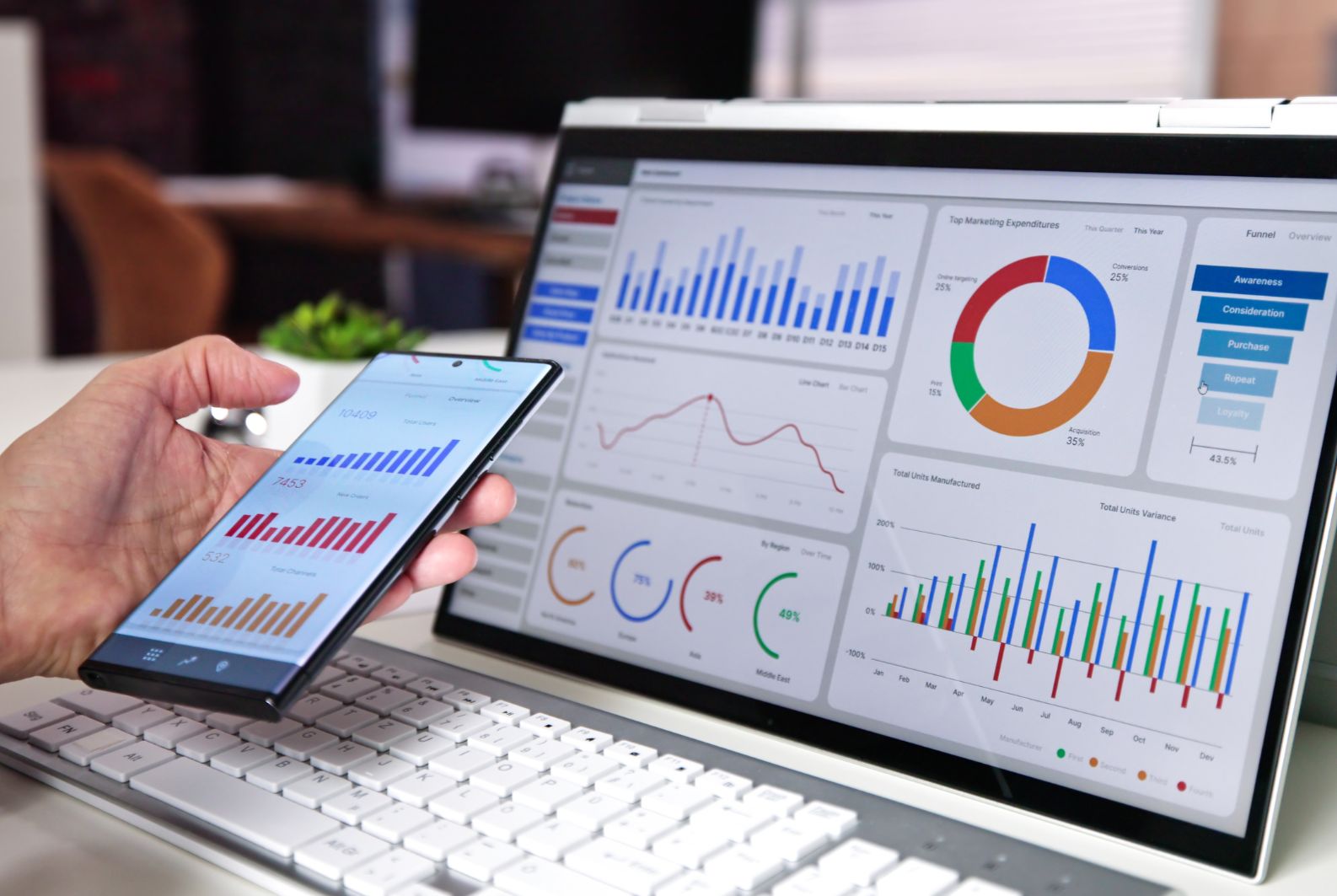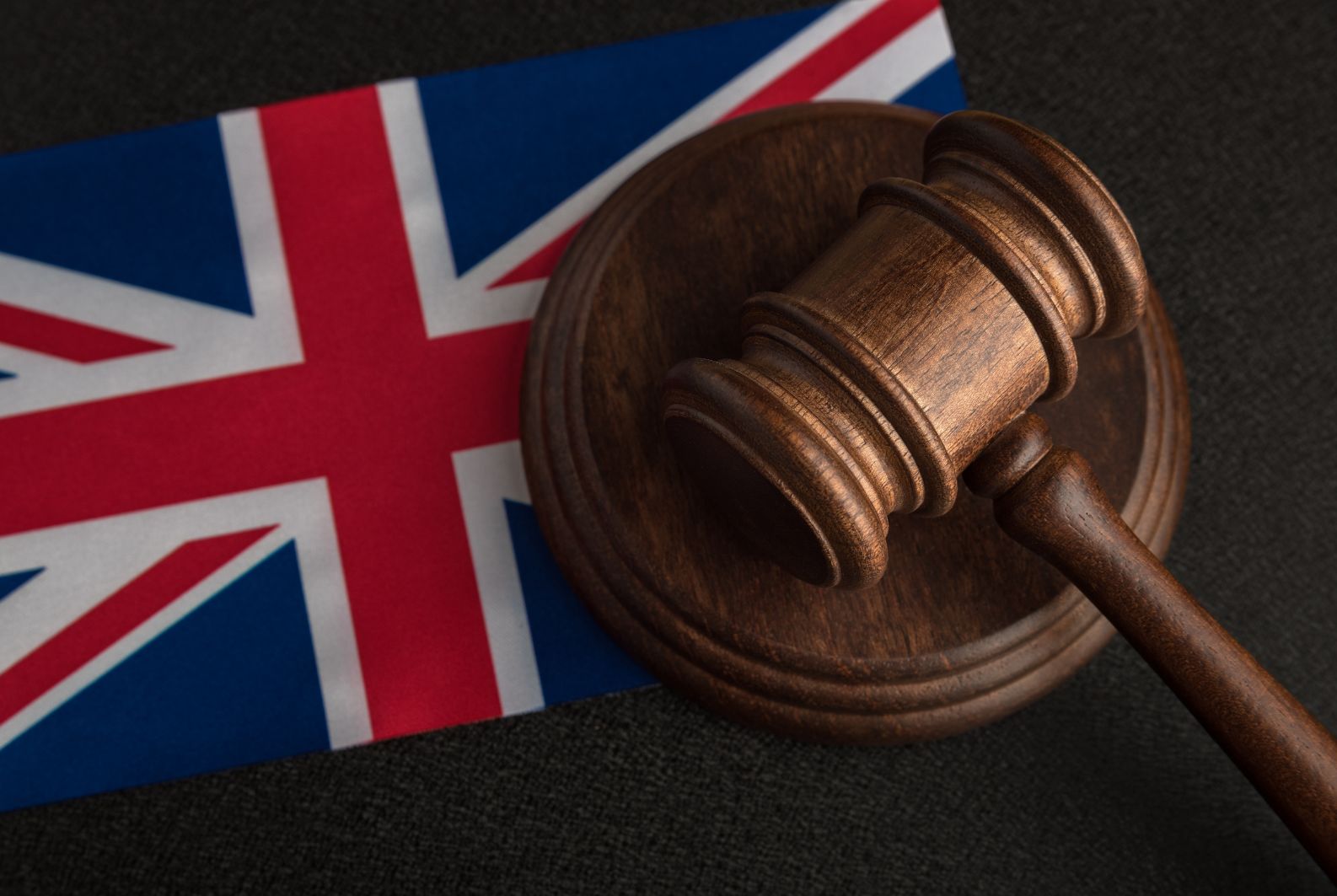When a director takes money out of a company and it is not classed as a salary or dividend, then it’s known as a director’s loan.
The reason for this is that the money is viewed as a separate entity and not – unlike with a sole trader or partnership account – a straightforward action. In other words, a Director’s Loan Account (DLA) is a record of financial transactions between the director and the company itself.
An overdrawn DLA is when a director has taken out more money from the company than he or she has put in. And this is where, if not paid off in time, it can have serious tax implications.
Time limit for a DLA
A DLA should always be paid within nine months of the company’s year-end accounts. If not, then problems will arise if the loan was more than £10,000 and if the interest you paid your company for it was beneath the official rate (which, from April 2023 is 2.25 per cent).
That’s because this will be viewed as a beneficial loan (ie you haven’t paid the interest you would have on a ‘standard’ bank or building society loan).
Overdrawn DLA and company liquidation
If the company is insolvent and there is an overdrawn DLA then the loan itself will be viewed as an asset. As a result, the director will be pursued for the money by a liquidator. This isn’t unusual when it comes to company liquidation, with around 75 per cent of directors using a DLA when the company faces a cash crisis. And, because of this, it’s usually the first place a liquidator looks when trying to find company money he can use to settle creditor’s bills.
Writing off a DLA
Even if a company, prior to liquidation, decides to ‘write off’ the loan, that’s not simply the end of the matter. This is because the liquidator can overturn that previous decision to ‘write off’ the money owed and insist the director does indeed pay what he or she owes the company. The only occasion in which a liquidator may conceivably agree with writing off a director’s loan is if the amount is so small as to be almost negligible. In, fact, if it’s the case that there are so few assets in the company then the liquidator may simply opt to strike off the business on the Companies house register.
It’s a serious matter for a director who can’t pay off their loan. It could, for instance, lead to personal insolvency procedures, where the only way to remedy the situation is to declare bankruptcy.
A director may be able to reduce the amount of the loan owed if they have purchased furniture, supplies or equipment etc for the company from their own personal bank account. They could then deduct this from the loan. Alternatively, it could be that there are expenses they haven’t yet claimed for (ie travelling, hotels, etc) and which they can also subtract from the debt.
Another way to ‘rid’ itself of a director’s loan is if a company decides to ‘award’ the money as a bonus or dividend to the director. If the company is then made insolvent, a liquidator will no doubt uncover this and question whether this was in the best interests of the company. If not, the director will usually be asked to repay the loan.
Tax and an ODL
A director will have to pay tax on his or her overdrawn loan account – even if the company is already insolvent. That’s because HMRC will view the amount of the loan as a company asset. The tax, which comes under a Section 455 code (also referred to as S455), is paid by the company and is in addition to Corporation Tax. The current tax rate for the period 23/24 is 33.75 per cent. Loans made on or after April 6, 2022 are charged at 32.5 per cent. The interest due is reported to HMRC on form P11D. National Insurance is also due and reported on form P11DX.
If the S455 is paid within nine months after the company year-end then it’s refundable (albeit, it can take some time for the payment to come through from HMRC).
Even if a director’s loan is written off by the company, it will still be subject to tax because this is viewed as personal income for the director. Those who are taxed on a higher rate will find their tax bill rising quite considerably. National Insurance contributions will also need to be paid.
Get in touch
Too busy or feel overwhelmed by the accountancy practices for your small to medium-sized business? We help hundreds of businesses keep on the right side of HMRC and, at the same time, maximise profits. Why not ring us today at Black and White for a chat? Tel: 0800 140 4644 or write to us via our website Contact Us page.



